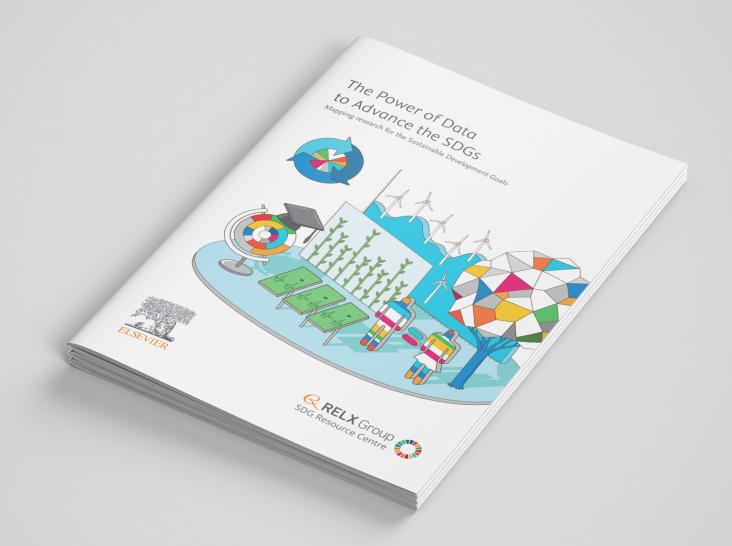
The Accord comprises nine key principles that guide Aboriginal health research in South Australia: priorities, involvement, partnership, respect, communication, reciprocity, ownership, control, and knowledge translation and exchange. It provides a voice for Aboriginal communities to inform researchers on how they would like health research to be conducted in their communities. Consistently applying the nine principles of the Accord will increase the impact and benefit of health research for Aboriginal people in Australia.
First Nations Health and Wellbeing - The Lowitja Journal, Volume 1, 2023, 100004
Indigenous people living with disability battle with issues related to racism, ableism and colonisation, impacting on well-being and life outcomes throughout the life course.
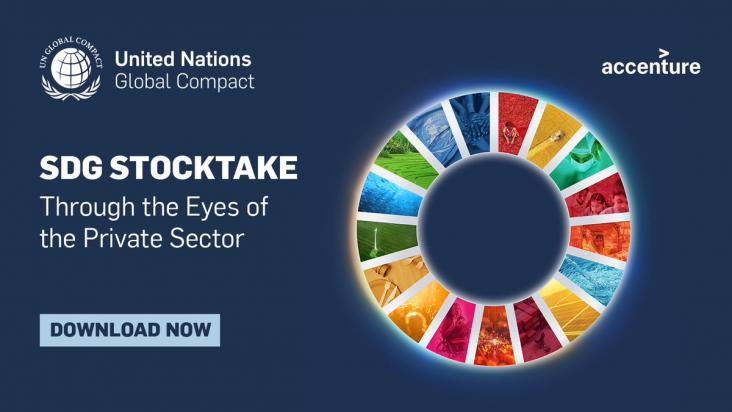
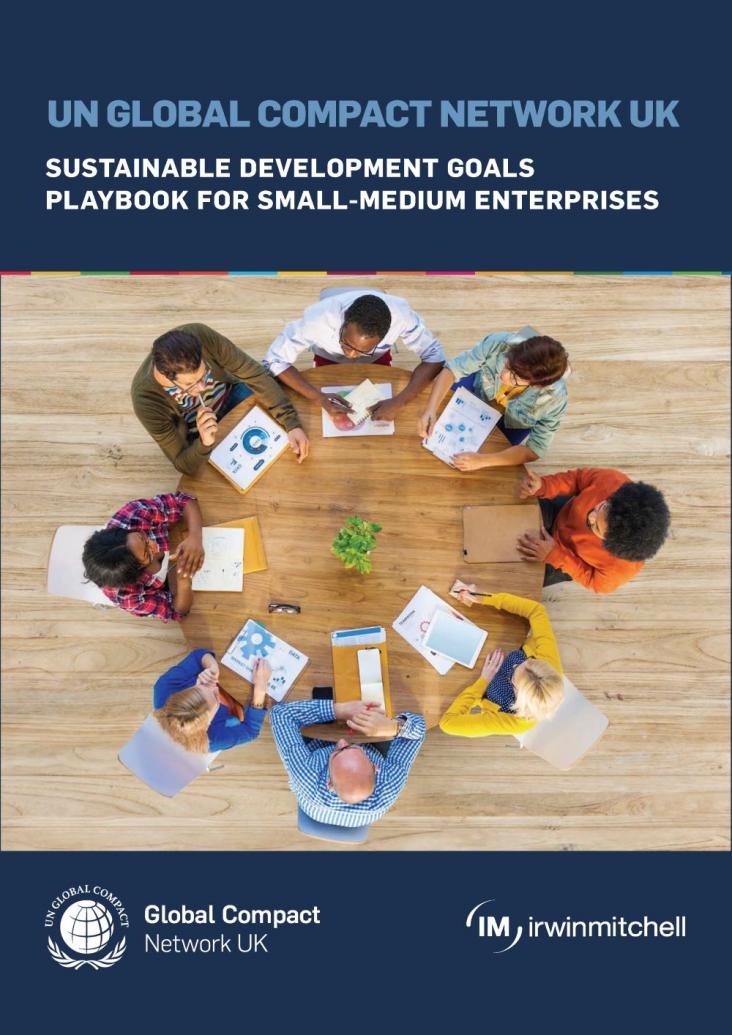

UN's Summit of the Future 2024: Paving the Path for SDG Resources
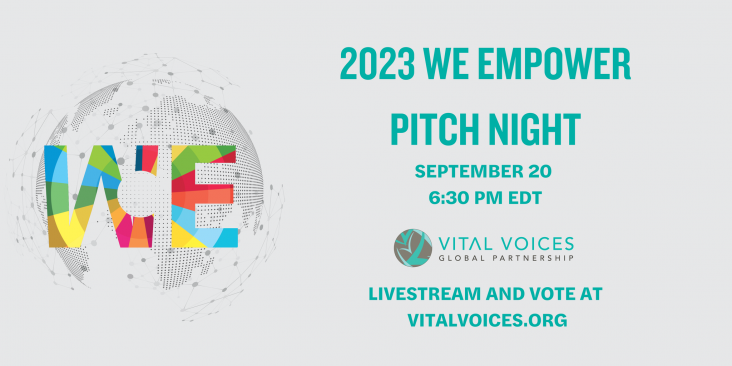
WE Empower Pitch Night, hosted by Diane von Furstenberg, will be a dynamic evening event bringing together top business leaders, the media and other key influencers to participate in an innovative
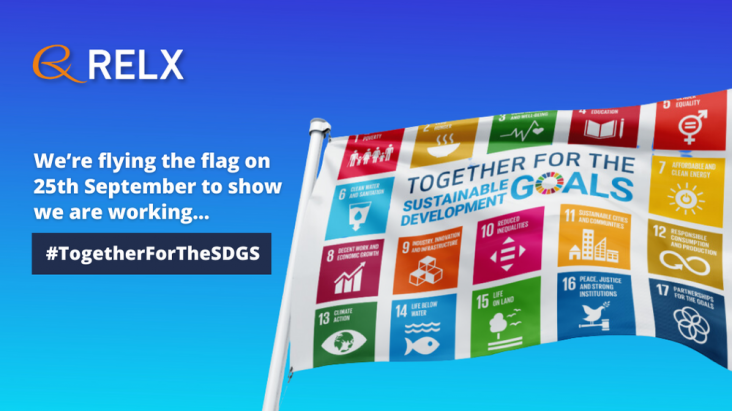
As we enter the ninth year since the adoption of the UN Sustainable Development Goals (SDGs) in 2015, the pressing need to meet these ambitious objectives becomes ever more evident.
